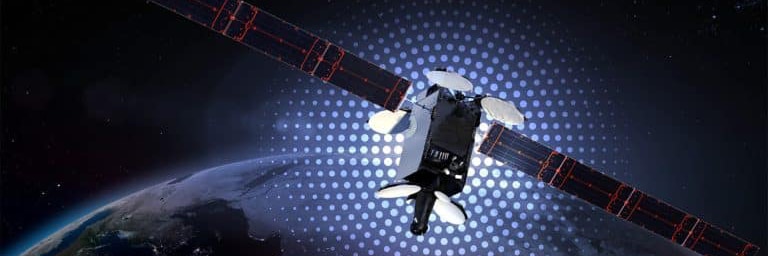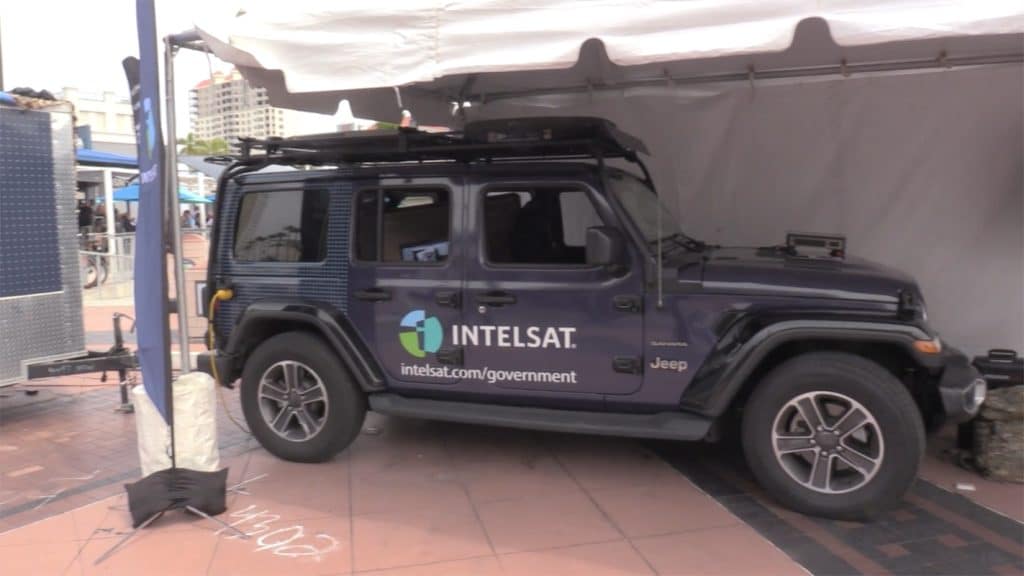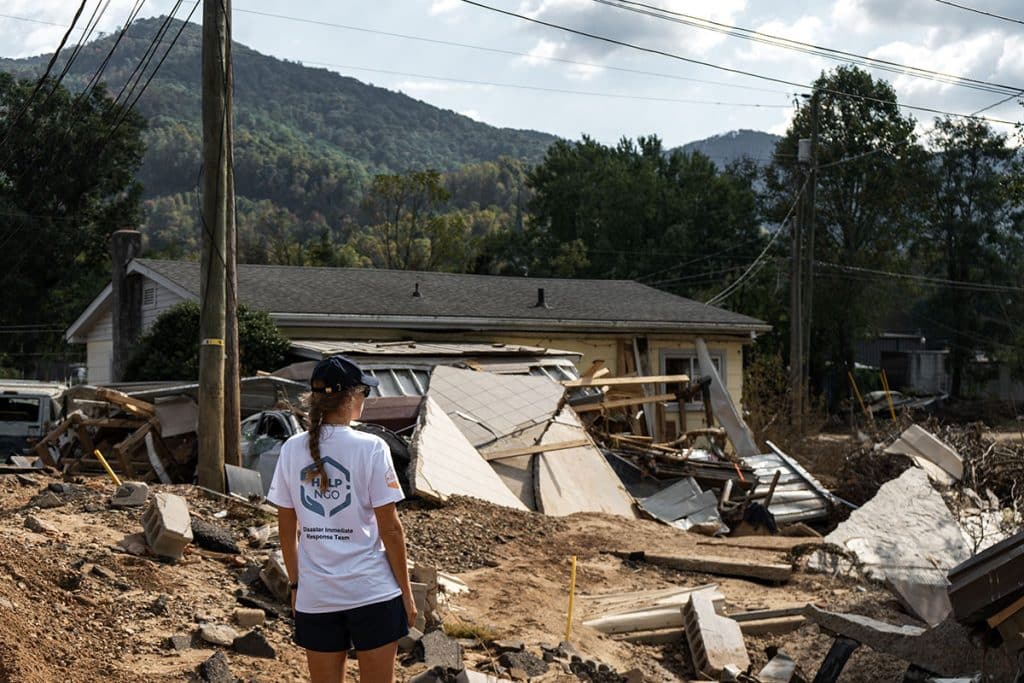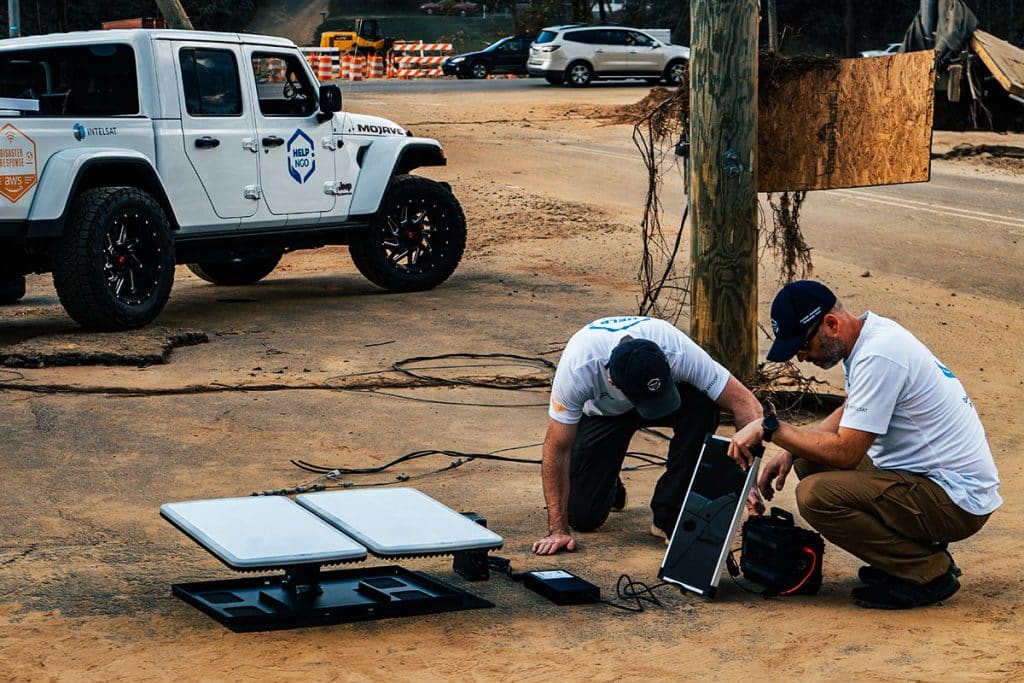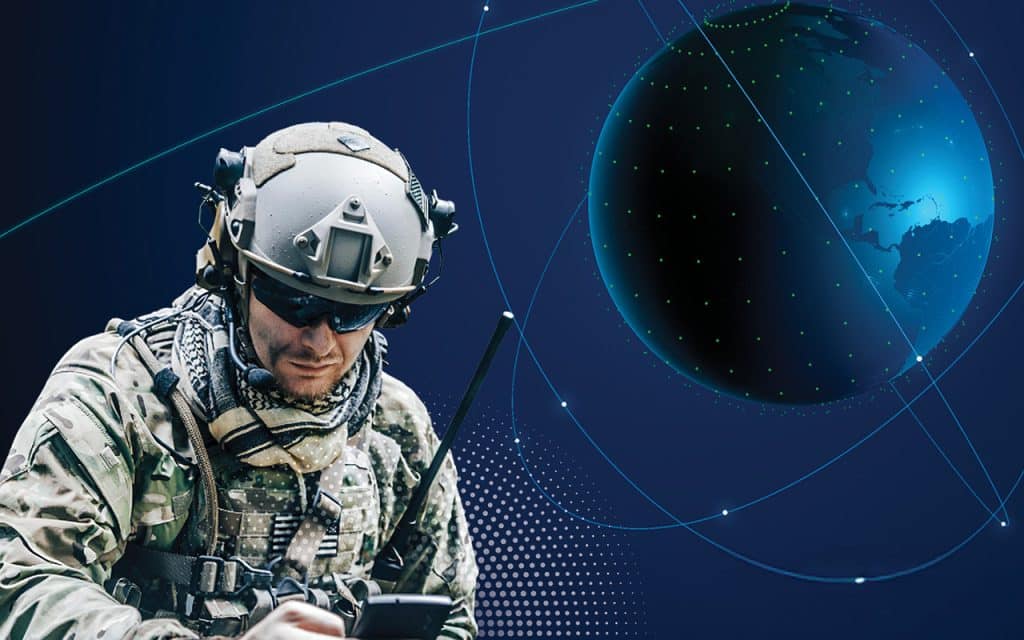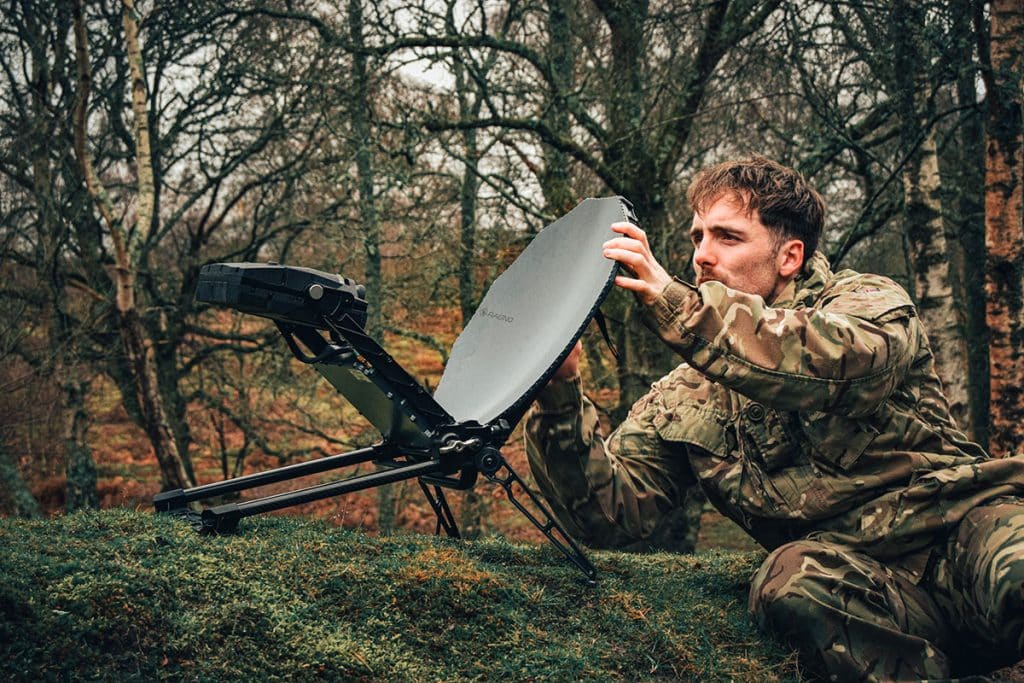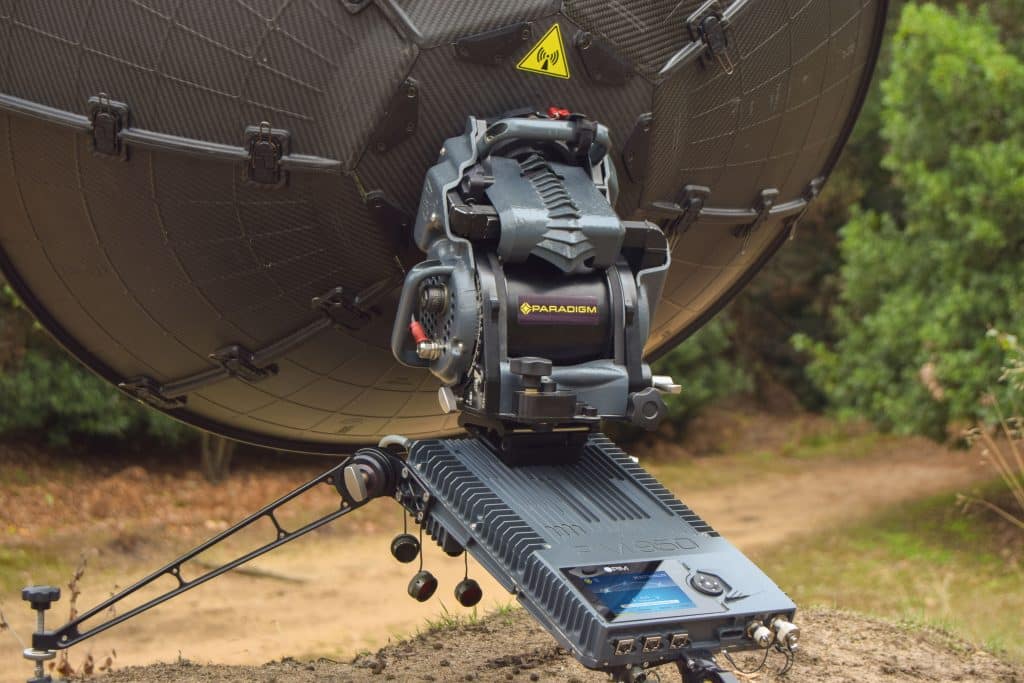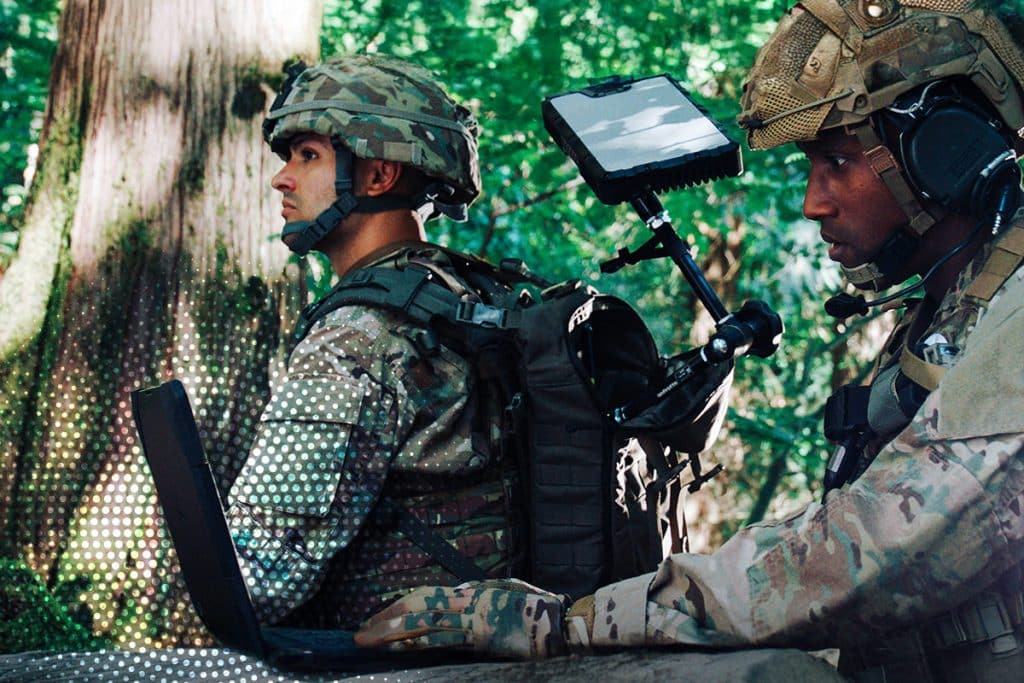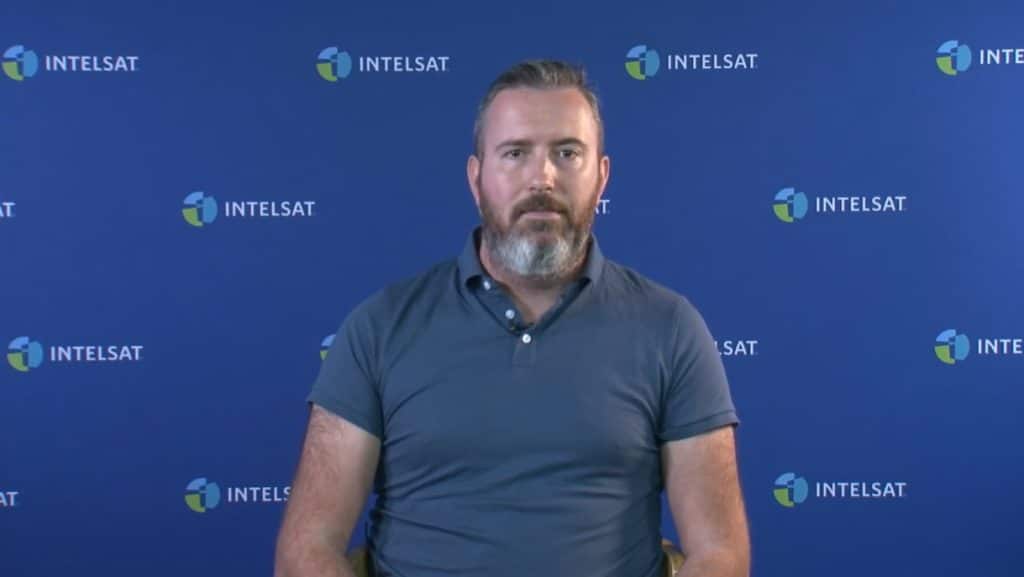Beyond the Dead Zones: How Game-Changing Satellite Tech is Empowering Border Security
The focus on border security has never been more intense. With so many U.S. agencies and operators engaging in dangerous enforcement work on the ground, the need for reliable voice and data connectivity to optimize collaboration and coordination among these agents and officers has never been more pronounced.
Unfortunately, there are numerous challenges to accessing quality and stable connectivity in the areas where border security teams are typically deployed.
Much of the border lies in remote areas of the country outside the footprint of any terrestrial network. Often, there are no cell towers to provide service, contributing to vast dead zones. In the areas where cellular connectivity does exist, different mobile network operators have varying degrees of coverage and bandwidth. If an officer carrying a device with a SIM card for one provider roams onto another network, he may find interruptions or significant degradations in service.
Finally, in many cases, ground networks in the area may only be capable of transmitting voice communications. Critical information, such as GPS location data derived from P25 radios, becomes un-shareable and unusable as a result, compromising missions and potentially endangering the health and safety of officers in the field.
Even in the most remote, connectivity-challenged areas, satellite networks can effectively fill the connectivity void along borders and enable all officers and agencies to communicate and share information. As a foundational satellite industry leader, Intelsat is focused on delivering satellite-powered connectivity solutions designed with the unique needs of border agents, law enforcement officials, public safety officers, and first responders, in mind.
Real World Impact: Cochise Conty Sheriff’s Office
A prime example of how satellite technology is revolutionizing border security comes from Cochise County, Arizona where the Sheriff’s Office recently announced deploying satellite communications from Intelsat to enhance connectivity along the U.S.-Mexico border. This deployment allows officers to communicate seamlessly in remote areas, ensuring they can share real-time data and greatly enhancing coordination and safety during critical operations.
Intelsat’s MLCS: Empowering Border Security Teams
Intelsat’s MLCS (Multi-Layer Communications System) for Law Enforcement Agencies is a first of its kind innovation, bringing together the vast coverage of geostationary, the low latency of low Earth orbit, and cellular into a singular, unified, portable kit that requires little technical expertise to program or operate. Agents and officers can use MLCS to maximize wireless connectivity for tasks such as sharing GPS location data, streaming body camera video, using in-car mobile dispatch systems, sending and receiving surveillance video, dispatching officers, and transmitting distress calls in real time.
With MLCS, border patrol teams can communicate with each other and with other agencies using any connected device imaginable, from personal smartphones to ruggedized laptops to P25 radios. Officers on extended assignments in the field can even stream music, access entertainment and connect with their families.
Automated switching and failover capabilities ensure constant connectivity using the best available network. Encryption embedded into the solution allows agents and officers to communicate naturally without the need to decrypt or change security keys with frequency.
The success of any mission-critical border operation on land or at sea is dependent on the presence of robust and reliable connectivity. The ability to communicate and continuously share information at all times allows border security teams to stay one step ahead of the bad guys.
The Future of Border Security Connectivity
The improved affordability of satellite, the emergence of new technologies that blend satellite and cellular, as well as the availability of government funds earmarked for border security, offer any law enforcement entity, from the federal level down to a sheriff’s office, an opportunity to leverage the power of satellite to ensure that no mission or routine patrol is ever again hamstrung or impeded by connectivity challenges.




